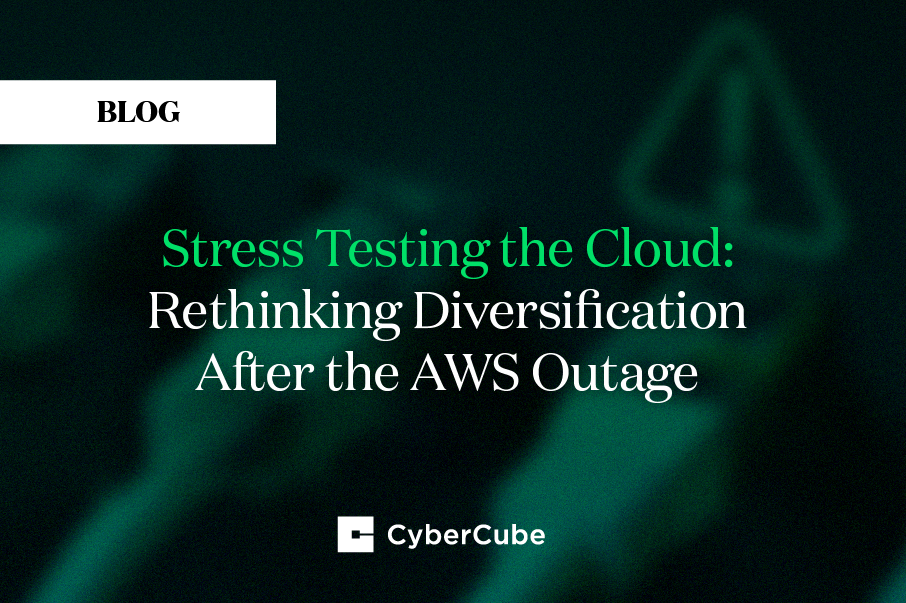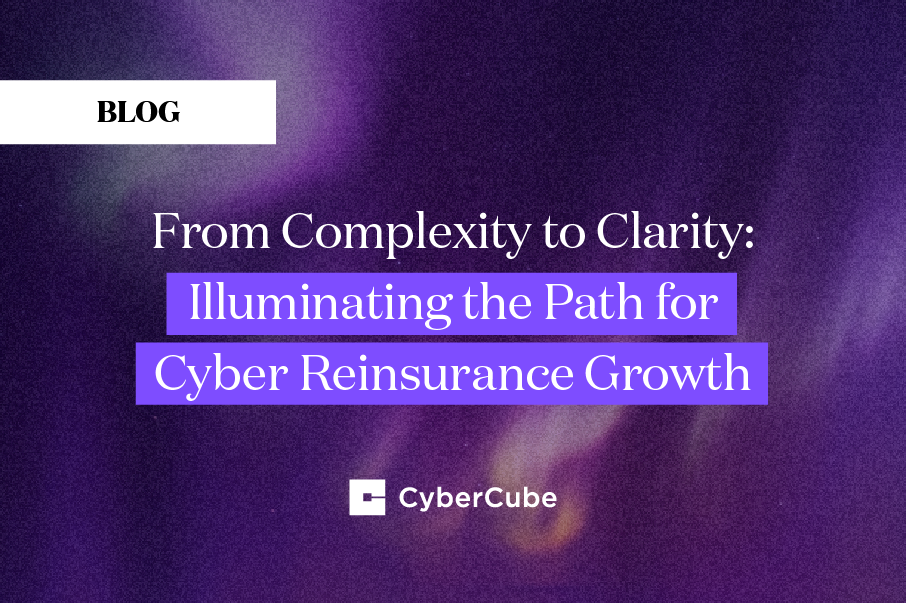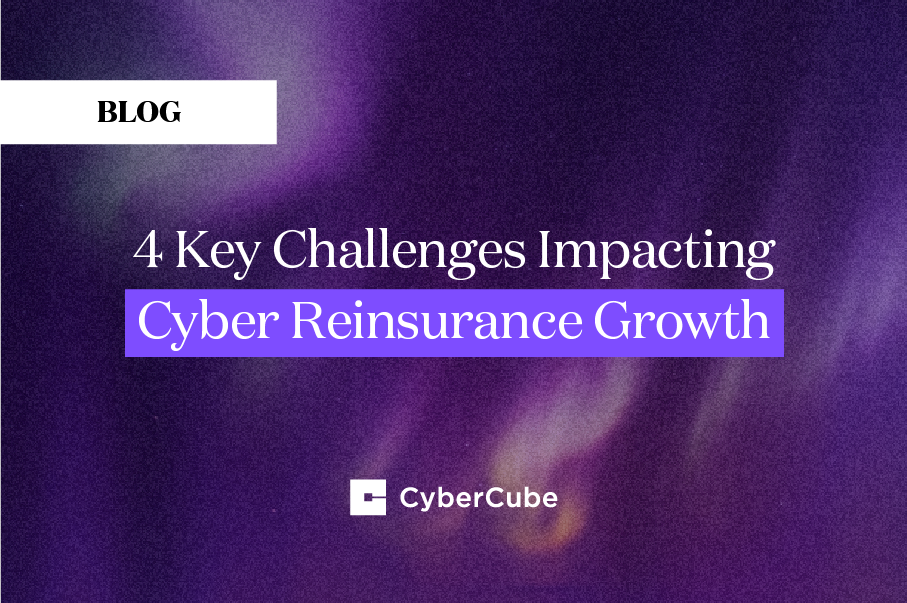These are difficult times for businesses. In difficult times, it is easy to point the finger and look for a group to blame. Unfortunately, insurers have erroneously been targeted as a part of the problem when in fact they are a part of the solution.
At least three US state legislatures are considering legislation that would override pandemic exclusions in insurance policies and force insurers to pay out for claims that they expressly excluded by voiding policy language. For example, NJ Draft Bill A-3844 would apply retroactively to insurance policies that insure against loss or damage to property and void virus exclusions.
The impact of such legislation on the insurance industry, if it were widely adopted, could be severe. Dr Robert Hartwig, Director of the Centre for Risk and Uncertainty Management, went so far as to say the insurance industry could be faced with the “largest loss in history” causing “widespread insurer insolvency”. It is therefore not a surprise that the National Association of Insurance Commissioners has come out opposing proposals to require insurers to retroactively pay unfunded COVID-19 business interruption claims that insurance policies were not designed to cover.
Fortunately, the ability of organizations to enter into contracts without undue government interference is an important principle on which the US economic system is based. This includes constitutional provisions that provide protection against state overreach in private contracts that should provide a necessary counterweight to state legislators, according to legal experts.
Many insurers recognized that they couldn't make promises to clients to pay for a widespread virus. So they didn’t. This understanding was tested during the SARS outbreak in 2002, which lead to further focus in the industry on clear policy language outlining bacterial and virus exclusions. Some insurers and brokers such as Munich Re and Marsh subsequently went a step further and created pandemic insurance policies, even though these policies have had limited take up.
That is not to say that language in some policies couldn’t have been more clear. Furthermore, there is a need for those selling insurance and those designing policies to educate buyers on what coverage businesses are and are not getting. The answer is not, however, to retrospectively rewrite a contract.
Prospective, forward-looking policy changes, on the other hand, are worth more serious consideration. Allowing insurers to charge appropriate premiums and hold sufficient capital to pay claims has been a cornerstone of the insurance market’s value proposition for centuries. In fact, by one account, life insurers paid out 0.5% of 1918 GDP in response to the Spanish Flu. Pandemic modeling for such an eventuality is a key component of enterprise risk management for life insurers today.
Modeling plausible but unlikely events is also an important part of the property and casualty insurance industry. Scenarios impacting the global economy, such as catastrophic cyber events and widespread pandemics, are modeled for insurers by companies like CyberCube and Metabiota. Those models will always be imperfect but they provide important tools to the industry. Aggregation modeling enables regulators, rating agencies and insurance risk committees at the board level to ensure insurers have enough capital to pay out claims in the event of widespread catastrophes.
Such modeling may uncover that there are times that insurer and reinsurer balance sheets are not sufficient to cover modeled losses industrywide. In these cases, capital market solutions such as insurance-linked securities can provide additional capacity. For example, in January CyberCube released a research report on ILS and the cyber market, which can be found here.
Such modeling may also show losses that are so large that governments may choose to provide an explicit insurance backstop. Such backstops can be found in terrorism and flood insurance. When catastrophes strike, governments are often compelled to act to dampen economic and social impacts in any case. Putting advanced thought into such catastrophic scenarios and how private insurance and public support intersect is a worthwhile exercise to undertake in advance of a catastrophic event.
In fact, using the insurance industry as a means to distribute targeted government-backed assistance from business interruption losses (rather than blanket economic assistance) has support, sometimes from unlikely sources. One notable example comes from Ray Lehman, cofounder of the “R Street Institute” in Washington DC, is in his recent article: “We Oppose Nearly Every Government Insurance Program. We Could Support One for Pandemics”.
The time to define a role for the insurance industry in managing catastrophic risk is not in the midst of a crisis. The time to define such a role is when decision-makers are able to take a long-term perspective, informed by data-driven modeling within the established framework of our legal system.
These are difficult times for businesses. A more robust and expansive commercial insurance sector is a part of the solution to future catastrophic business interruption events. Undermining the contractual tenants that allow insurers to extend commercial insurance to businesses is not.
{"Many insurers recognized that they couldn't make promises to clients to pay for a widespread virus. So they didn’t." http://mobile.royalgazette.com/re-insurance/article/




